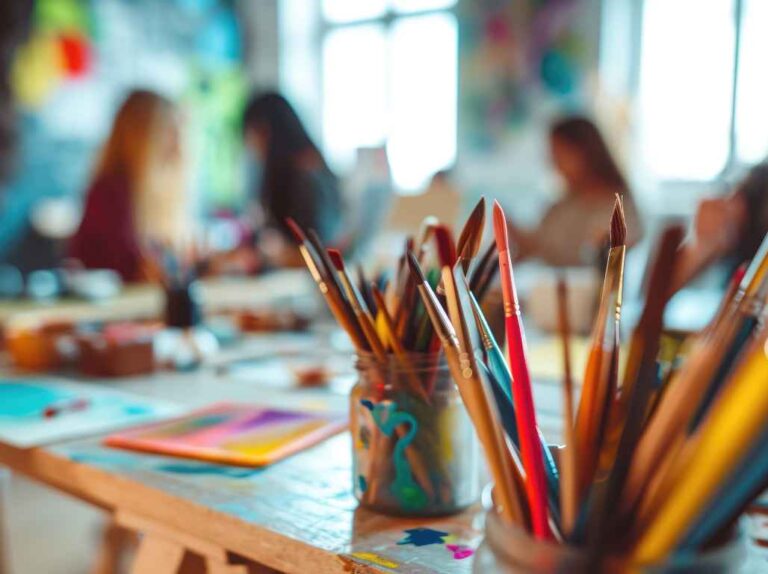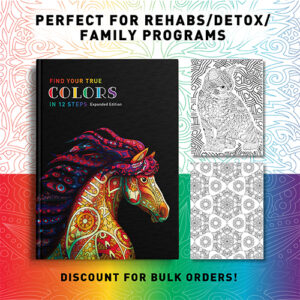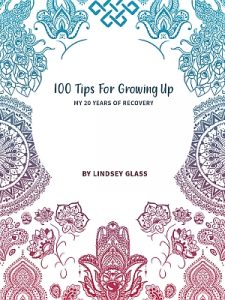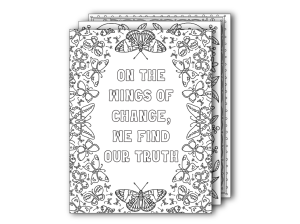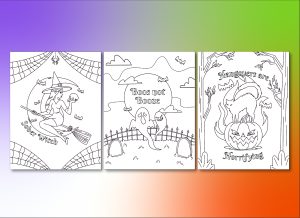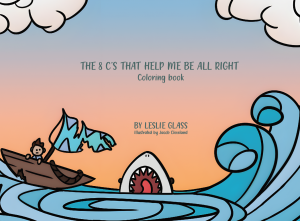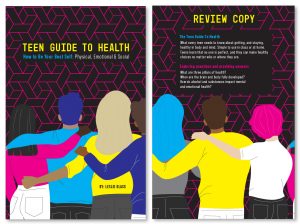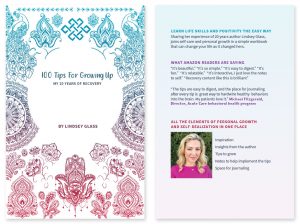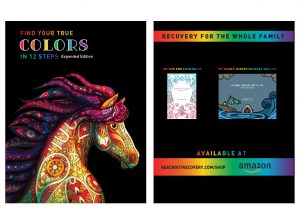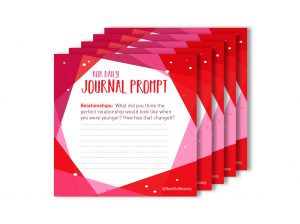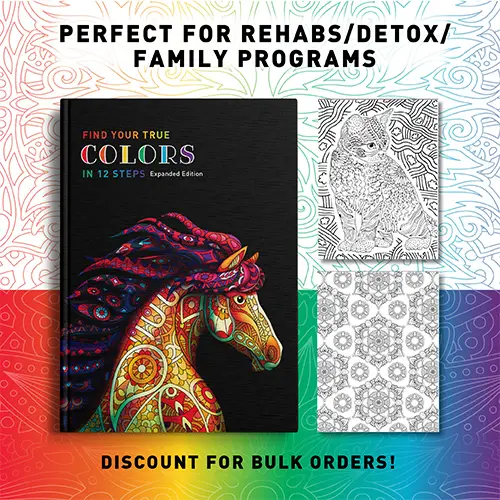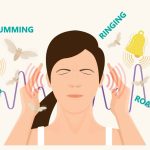Art Therapy’s Role In Addiction Recovery
Art therapy is transformative: it promotes self-discovery. Recovery from addiction is a journey of transformation. It’s not just about quitting a substance—it’s about reconnecting with who you are beneath the pain, habits, and coping mechanisms. For many people, the road to healing includes more than therapy or group meetings. It includes something more creative, expressive, and deeply personal: art.
Whether it’s painting, drawing, sculpting, or journaling, art therapy and creative self-expression can help people in recovery explore emotions, tell their story, and discover new parts of themselves. Art doesn’t require words—it requires honesty, intention, and presence. In the safe space of color, shape, and form, many people find the voice they didn’t know they had.
In this article, we’ll explore how art supports self-discovery in addiction recovery and how anyone—no matter their skill level—can benefit from it.
Why Self-Discovery Matters in Recovery
Addiction often begins as a way to numb pain or escape difficult emotions. Over time, it can cause people to lose sight of their identity. Questions like “Who am I without the substance?” or “What do I feel when I’m not numbing?” become common in early recovery.
Self-discovery is a key part of building a new, sober identity. It helps people reconnect with their values, process their story, and imagine a life that feels worth living. Art offers a gentle and non-judgmental way to start that process.
What Is Art Therapy
Art therapy is a form of psychotherapy that uses creative expression to support healing. It’s guided by a trained therapist who helps individuals explore emotions, trauma, and patterns through artistic activities. But you don’t need to be in a formal program to use art for recovery.
Creative self-expression on your own—drawing in a journal, coloring, or painting how you feel—can also provide deep insight and emotional release. The goal isn’t to create something perfect. The goal is to express and discover.
A study published in The Arts in Psychotherapy found that individuals in substance use treatment who participated in art-making showed increased emotional insight, reduced shame, and improved self-esteem compared to those who only engaged in verbal therapy [1].
How Art Supports Recovery and Self-Discovery
🎨 1. Art Helps Process Difficult Emotions
In early recovery, people often experience a flood of emotions—grief, guilt, anger, anxiety. Art provides a safe outlet to express these emotions without having to explain them. When it’s hard to find words, drawing or painting can help bring those feelings to the surface gently.
Art becomes a mirror, reflecting what’s happening inside and allowing for healthy expression.
2. Art Therapy Encourages Reflection and Awareness
Creating art requires being present, which encourages mindfulness. It also invites curiosity: Why did I choose these colors? What am I trying to express here?
This kind of reflection promotes emotional awareness—a critical skill in preventing relapse and making meaningful life changes.
💡 3. Art Therapy Supports Identity Exploration
Addiction can strip away parts of identity. Through creative work, individuals can begin to rebuild and redefine who they are. Making art that reflects values, dreams, or personal strengths helps people reconnect with their authentic selves.
Over time, this process fosters self-confidence and clarity, especially for those who felt lost in their addiction.
💖 4. Art Therapy Builds a Sense of Accomplishment and Purpose
Recovery can be emotionally exhausting. Art offers a tangible result—a finished piece that reflects progress, effort, and expression. Even something simple like a completed sketch or collage can boost self-esteem.
When someone says, “I made this,” they’re reclaiming their ability to create, express, and contribute—essential elements of long-term recovery.
Simple Art Therapy Practices
You don’t need to be a professional artist or have special supplies to start using art as a recovery tool. Here are some accessible ideas:
✍️ Visual Journaling
Use a notebook to combine writing and art. Draw how you feel before writing, or illustrate your thoughts with symbols or images.
🎭 Create a Mask
Design a mask that shows the face you present to the world on the outside, and how you feel on the inside. This exercise is powerful for exploring vulnerability and identity.
🌈 Color Your Emotions
Choose colors to match your current mood and fill a page with shapes or lines that reflect that energy. This helps with emotion identification and release.
📦 Recovery Collage
Cut out images and words from magazines that reflect what recovery means to you. Arrange them on a poster or page to create a vision for healing.
🖌️ Draw Your Safe Place
Use art to create a space—real or imagined—where you feel calm and safe. This can serve as a visual grounding tool during moments of stress or craving.
When to Work with an Art Therapist
While self-guided art practices can be healing, working with a licensed art therapist can provide deeper support—especially for those with trauma, co-occurring disorders, or complex emotions.
An art therapist can help interpret symbolic imagery, guide emotional processing, and tailor exercises to individual needs. Many treatment centers now offer art therapy as part of their programs.
📊 Research from the American Art Therapy Association shows that integrating art therapy in addiction treatment improves emotional resilience, insight, and motivation for long-term recovery [2].
Final Thoughts On Art Therapy For Addiction Recovery
Art is more than creative play—it’s a pathway to healing, insight, and transformation. For people in addiction recovery, it offers a powerful tool for self-discovery, emotional expression, and personal growth.
You don’t need to be an artist. You just need the willingness to explore. Whether it’s a sketch, a splash of color, or a page of doodles, each creative act becomes a step back to yourself.
In a world where pain is often silenced, art gives it a voice—and through that voice, healing begins.
More Articles To Read
Mother-Daughter Relationship Assessment: Take The Quiz
Supporting Loved Ones Through Challenges
Dealing With Addiction Issues: Why You Should Go To A Rehab
Tips To Celebrate Milestones In Recovery

